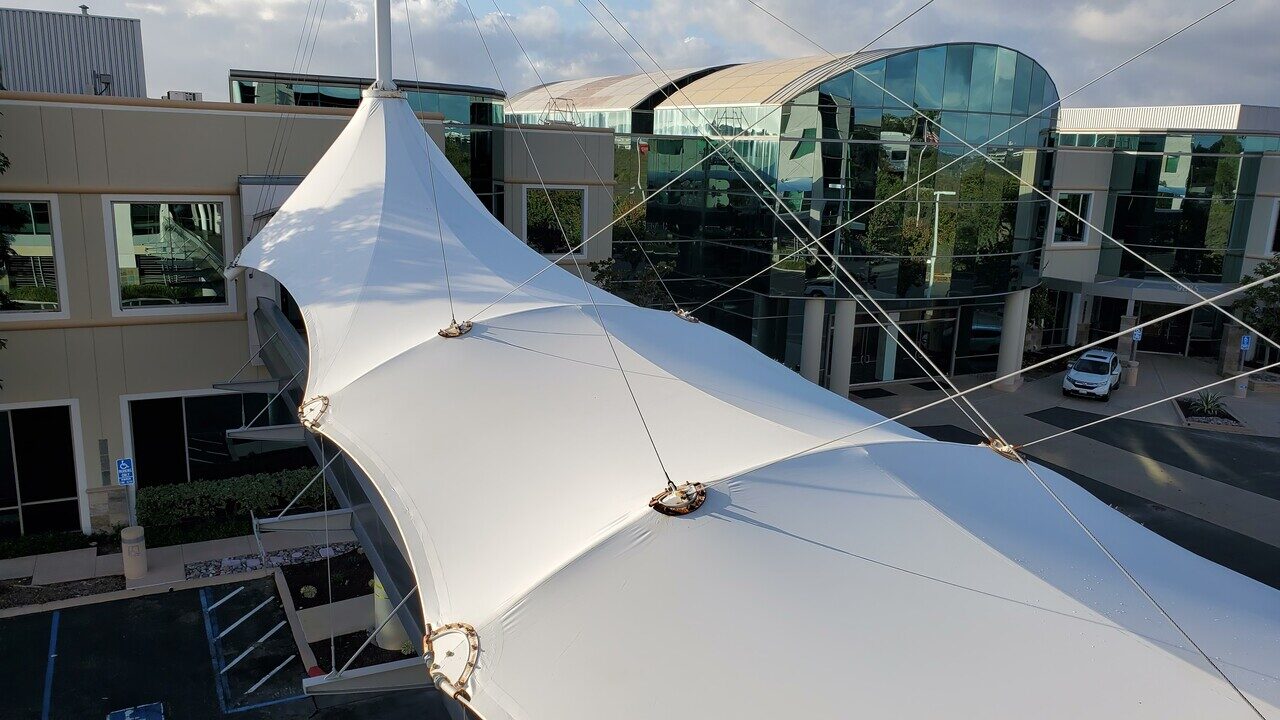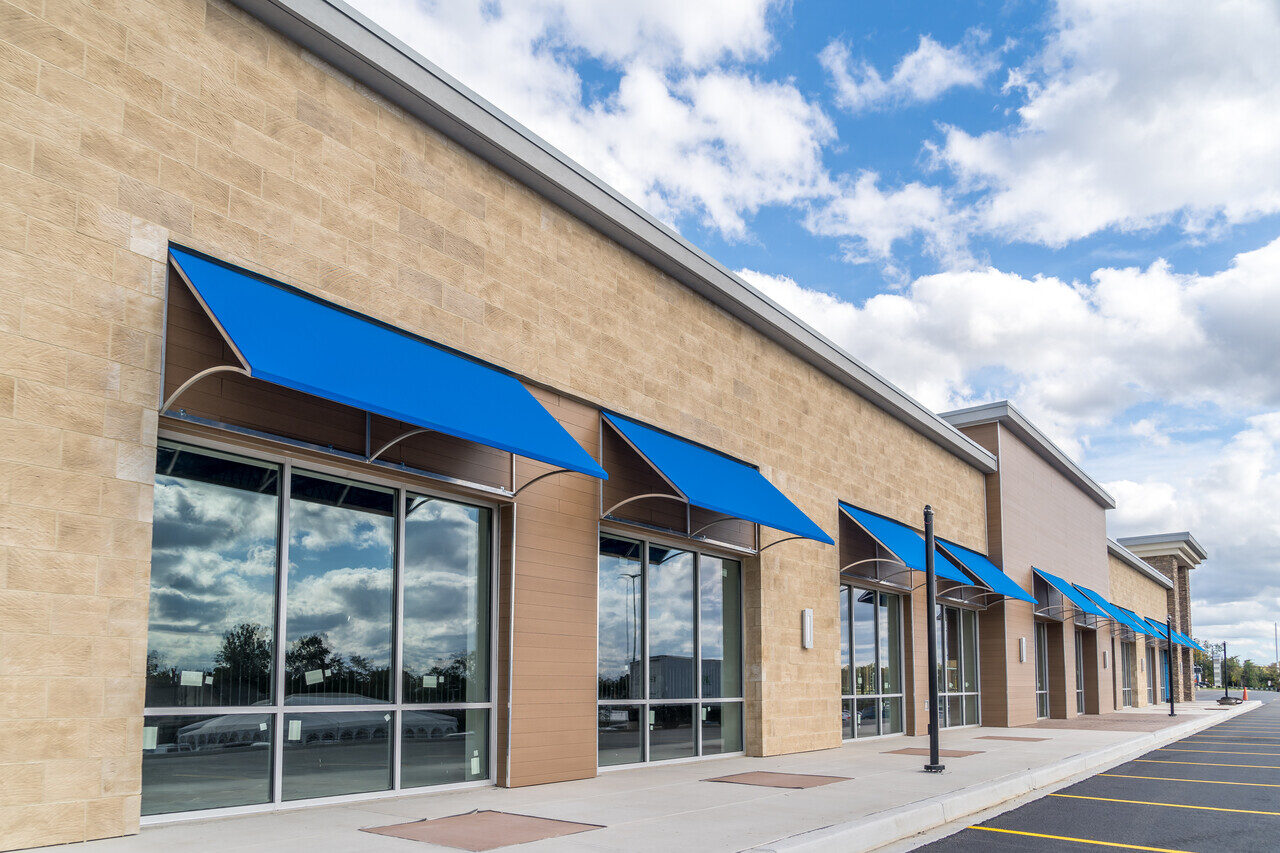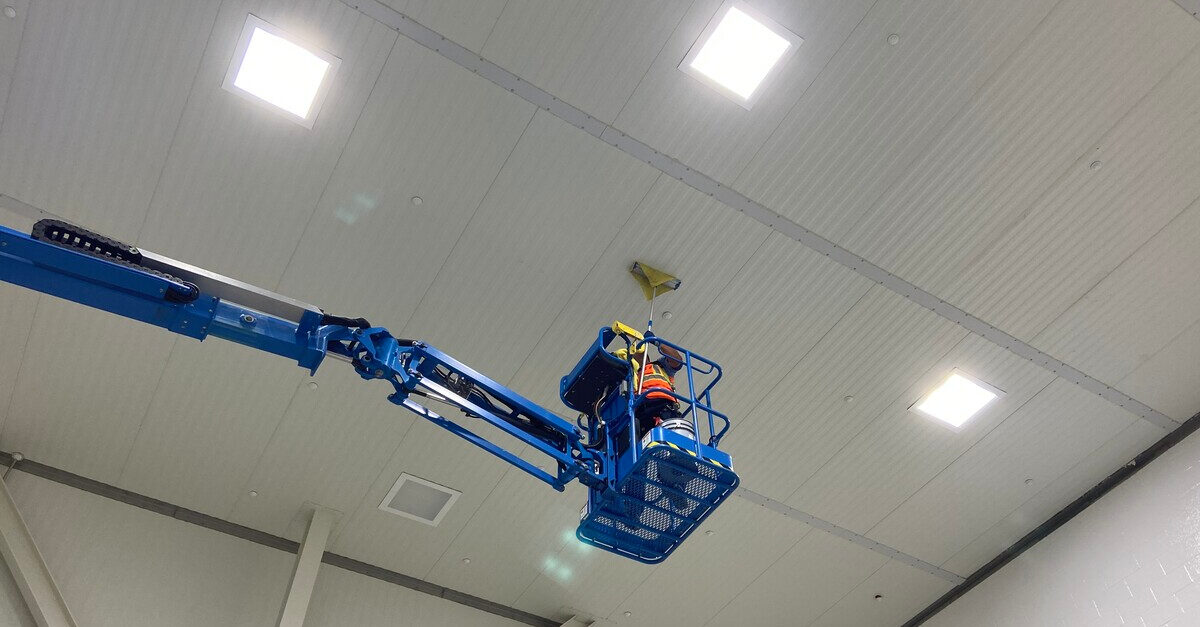8 Tips for Safe and Effective Bird Pest Control
Bird pest control services are necessary for nearly every building to prevent structural degradation, safety dangers, and health threats to both people and birds. While it’s ideal for constructing a bird-safe and a bird proofing building from the start, knowing how to retrofit structures with bird-proofing features is always beneficial.
According to Buildings.com, “By far, glass is the leading culprit behind the danger of buildings. For every additional 10% of glass coverage, bird strikes go up another 19%. And as glass buildings continue to fill the skylines, bird deaths will only go up. However, make no mistake, high-rise buildings are not the main culprit. Buildings that are 10 stories and under account for the vast majority of collisions. In fact, 44% of all building-caused bird fatalities occur with those less than four stories tall.”
Today’s building owners are conscious of how their buildings impact local wildlife, including birds. Yet, they may still struggle to find the right strategy to reduce the impact of birds on their patrons and visitors. Furthermore, proper bird control is a greater part of pest control, particularly among insects, and it’s more complicated than the traditional pest control strategies. After all, a multi-story building will lead to safety issues and additional challenges that may occur. Fortunately, following a few tips can help a building’s owners and managers safely and effectively improve bird pest control and pest control bird removal.
1. Install Bird Pest Control Devices
Building owners and facility managers have expressed severe reservations about using bird-proofing materials in their structures. There are few things more detrimental to birds than buildings. Bird pest control and insect control are not as simple with multi-story facilities and can create safety issues. Much like the need for a clear plan for elevator maintenance, bird control needs to start simple and expand from there.
There are various highly effective options for bird pest control around business buildings and structures. These are all harmless plaza deck maintenance and regular upkeep tasks to distract and deter birds from hanging around, nesting, and breeding in buildings, preventing structure deterioration and maintaining pest control. Depending on the scenario, each bird pest control option has a time and place for usage. Here are three types of bird pest control, what each entails, and core considerations when using them.
- Visual Deterrent Devices: Predatorial decoys keep birds away from the building and provide a safe bird pest control option. These are simple to install and highly effective for short periods. Plaza deck maintenance with visual deterrents may be an eyesore, so place them out of sight to building occupants and visitors.
- Audio Deterrent Devices: Sound devices provide a humane and effective pest control option without affecting the building and occupants. These devices transmit sounds that travel hundreds of feet, giving warning signs for all incoming birds to stay away. These ultrasonic sounds are effective with all bird breeds while being inaudible to humans.
- Spikes, Netting, and Wires: These options can be used depending on the type of bird pest control needed. Placement options include ledges, HVAC units, gutters, and anywhere else that attracts birds. These deterrents do not cause discomfort or pain; they just keep birds from landing on the specified areas.
2. Encourage Employees to Avoid Behaviors That Attract Birds
Birds tend to congregate where they can find food. Encourage employees to properly dispose of trash and food in outdoor areas and avoid intentionally feeding the birds. Keeping areas free of uneaten food and crumbs is an excellent way to maintain bird pest control, so clean and maintain all outdoor break areas regularly.
According to Nature.com, “Urban birds during suboptimal years expanded their diet to include a variety of different prey types such as amphibians and trash.” Birds flock to garbage cans and dumpsters; therefore, it is vital to ensure that these are all properly closed and secured. Garbage is highly unhealthy for birds to consume, posing an even further risk. Consuming plastic and metals can cause blockages within the birds and destroy their insides. Also, rotting food forms bacteria that are detrimental to birds.
Eliminate any standing water from rain and liquids from spills. These precautions restrict access to the birds’ food and water supply and keep birds away from the building, improving the overall bird pest control.
3. Consider Installing Automatic Doors
The presence of human activity is a natural deterrent to birds. They spook easily and often fly away with the movement of humans. Open areas such as loading docks and entryways are a deterrent and aid in bird pest control. But automatic doors serve a dual purpose. Automatic doors stay closed without movement censoring them open. They also create intimidation for birds as the doors open and close, prompting them to fly away.
4. Eliminate Fruits in Landscaping/Foliage
It is common knowledge that birds love fruit and flowers. Birds also love insects. Plants and foliage with flowers and berries are like heaven to birds and insects. Prevent birds from nesting and hanging around by avoiding attractants such as the food that they eat. Shrubbery and foliage are attractive and great for shading and aesthetic appeal; just steer clear of the bird appetizers. Eliminating fruits in landscaping and foliage that attract birds also means fewer needs for insect pest control.
Fruit trees and shrubs bear fruit, and sometimes this fruit falls to the ground and rots. As previously mentioned, rotting food is detrimental to birds. As the fruit rots, it produces bacteria and chemicals, is highly harmful to birds, and attracts insects. For example, Mulberry trees are prone to excessive fruit droppings by the multitude and can be a nightmare for building management and bird pest control.
5. Maintain an Insect Control Program
Insect control has multiple benefits. Insects are a massive nuisance to building occupants and guests, especially near eating areas. Swatting away flies and bees while trying to sit and enjoy a nice dinner does not exactly sound appealing. Insects attract birds. Therefore an effective insect control program will address both of these issues. Adequate waterproofing maintenance and insect control programs will naturally lead to pest bird control.
The toxic chemicals in pest control kill insects. Birds that eat these insects could die. Therefore, use non-toxic products for pest control to avoid injuring or causing death to birds.
6. Ensure All Bird Pest Control Service Providers Follow Industry Regulations
Birds play a significant role in the environmental ecology; therefore, following all industry regulations is vital in bird pest control and building management. Many wildlife species are protected by local and federal laws, including migratory birds, and can require a different prevention approach in pest bird control.
7. Inspect Your Building for Common Areas Where Birds Will Congregate
Lofts, eaves, steeples, foliage in plaza deck systems, and eating spaces are all common areas where birds gather and create bird pest control issues. Inspect these areas constantly to ensure all crevices and openings are sealed and secured to prevent flocking and nesting. HumaneSociety.org recommends building management “Attach wood or metal sheathing (Birdslides) at a 45- to 60-degree angle over window ledges and other flat surfaces to keep pigeons from landing.”
Pay close attention to clogged ventilation, corrosion, and drainage problems. These are all indicators of potential bird pest control issues and need to be addressed as soon as possible to maintain bird pest control and reduce your costs of future repairs. Birds love to nest in HVAC systems and chimneys, which leads to clogged ventilation and poor air quality, sometimes even carbon monoxide. Bird feces is acidic and causes corrosion to all parts of the building. Lastly, nesting in gutters and downspouts leads to drainage issues that can cause pooling, water damage, and flooding.
Enable Effective Bird Pest Control by Partnering With The JOBS Group.
With a few simple strategies, a building can be virtually birdproof, allowing for the health and safety of building occupants and the birds themselves. Eliminating a bird-friendly and inviting environment while following wildlife regulations will provide a clean, healthy, and safe atmosphere. Enable effective bird pest control with the value of an expert and contact The JOBS Group today.



